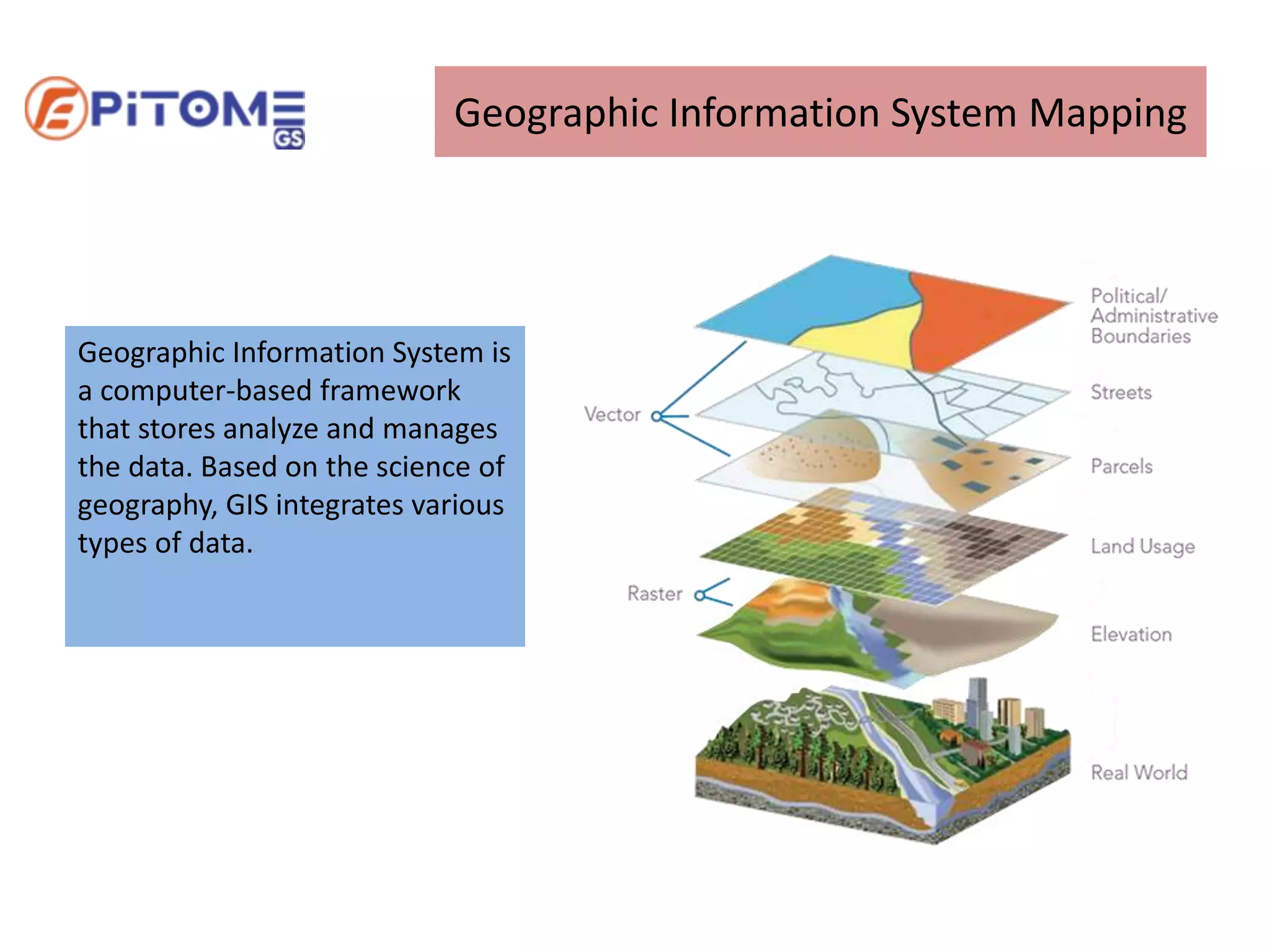Mapping the Invisible: The Way GPR Investigations Are Changing Archaeology
Recently, GPR inspections have emerged as a groundbreaking method in a variety of areas, especially in the field of archaeology. This innovative method allows researchers to examine beneath the soil without the need for excavation, disclosing buried structures, historical items, and even the remains of humans. As a result, GPR is transforming how archaeological professionals approach their work, providing a more efficient, affordable, and safe way to discover the archaeological record.
The significance of GPR studies extends beyond archaeology. Their applications are vast, impacting construction, engineering projects, environmental studies, and the assessment of infrastructure. The capacity to visualize features below the surface in real-time settings enhances the decision-making process and minimizes risks associated with construction below ground and changes. This article delves into the various aspects of GPR methodology, revealing its positive aspects, applications, and effects for future projects, while also tackling frequent misunderstandings and providing guidance for those considering this cutting-edge survey technique.
Comprehending GPR Surveys as well as Their Importance
GPR surveys employ radar pulses to imaging the underneath, making them a vital tool across different industries. This technology is particularly significant in the field of archaeology, as it aids in finding artifacts and remnants buried under layers of soil without the need for invasive digging. Offering a non-intrusive means of exploring archaeological sites, GPR improves the opportunities of discovering and protecting historical treasures while reducing damage to relevant sites.
The value of GPR surveys extends beyond the archaeological field; they play a crucial role in construction and infrastructure projects as well. With the ability to identify underground utilities, soil structures, and likely hazards, GPR assists ensure that projects are completed safely and efficiently. This lowers the risk of accidents and costly delays, making GPR investigations an indispensable part of the design and execution phases in multiple construction endeavors.
GPR technology is regularly evolving, which further reinforces its significance in modern applications. As industries increasingly seek creative solutions for underground investigation, the flexibility and accuracy of GPR surveys place them at the forefront of technological advancements. Knowing how GPR investigations work and the benefits sets the foundation for GPR's application in diverse fields, eventually leading to a more informed approach to project design and execution.
Applications and Prospects of Ground Penetrating Radar in Multiple Fields
GPR has emerged as a vital instrument across multiple sectors, improving the ability to identify plus chart underground features bypassing intrusive methods. In the construction as well as infrastructure sectors, GPR is indispensable for locating utilities and assessing the ground conditions before digging starts. More about the author helps in avoiding unexpected destruction to existing structures but also aids in organizing more effective plus less hazardous construction efforts. By visualizing what lies beneath the ground, engineering teams and contractors can refine their designs and reduce the risk of project delays.
In archaeology, the use of GPR have transformed the way archaeological sites are studied and examined. Researchers can reveal significant objects and remains without disrupting the soil, permitting them to acquire data that was before concealed. This non-invasive technique not only preserves the authenticity of archaeological sites and also enables enhanced thorough studies by allowing researchers to discern trends and formations within the soil that might suggest human presence in the past. The tool helps decode historical environments and aids in a more profound understanding of historical societies.
Environmental plus environmental investigations also profit from significantly from GPR technology. It aids in identifying pollution sources, assessing landfill sites, and evaluating the integrity of ground layers. By offering detailed pictures of underground conditions, this tool aids in influencing informed decisions related to site evaluations and pollution mitigation. This not just boosts productivity but also guarantees compliance with regulatory standards, ensuring that potential hazards are addressed proactively. Overall, this technology serves as a essential instrument across these sectors, leading to better results, financial benefits, and improved safety.
Future Developments and Insights for GPR Scanning Tech

As GPR tech continues to progress, one of the most important trends is the integration of advanced information processing and analysis methods. Machine learning and artificial intelligence are being more utilized to improve the analysis of GPR data. https://moparwiki.win/wiki/Post:Glancing_Under_the_Surface_Ground_Penetrating_Radar_Examinations_Described enable more precise mapping of subsurface structures and provide greater insights into the complex below ground conditions. By automating the interpretation process, projects can function more efficiently, reducing the time required for analysis.
Another notable development is the downsizing and portability of GPR systems. Small and portable GPR devices are being designed, allowing for easier use in challenging environments and reducing the need for extensive site preparation. This enhanced portability enables assessments in formerly inaccessible areas, broadening the scope of potential applications, from urban settings to remote locations. As technology advances, these portable devices will likely become more accessible, making GPR available to a larger range of operators, including independent companies and contractors.
Finally, as the need for eco-friendly practices grows, GPR surveys will more align with ecological considerations. The tech allows for minimal impact investigations, reducing disruption to the site and surrounding ecology. In civil engineering and building, GPR can assist with the planning and execution of projects in an environmentally responsible manner. This development will not only support regulatory compliance but also promote public trust and confidence in construction development efforts.